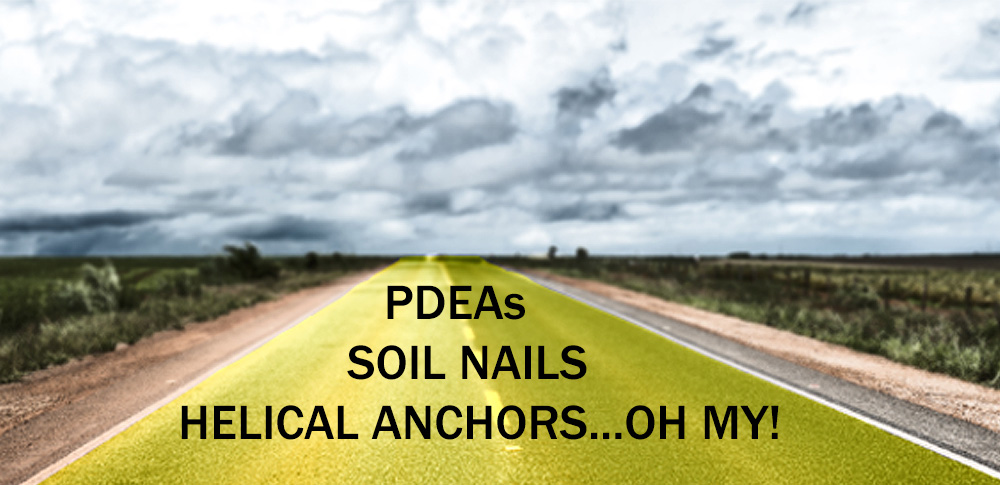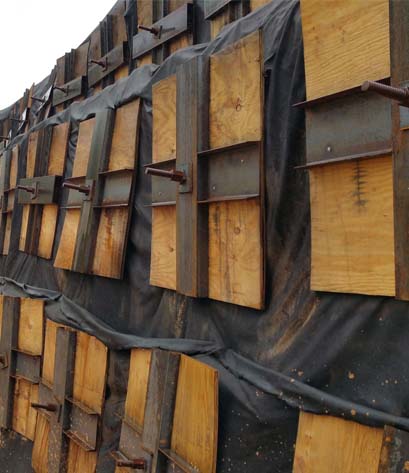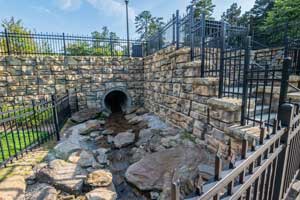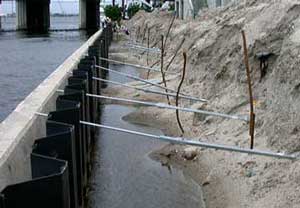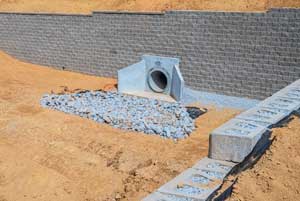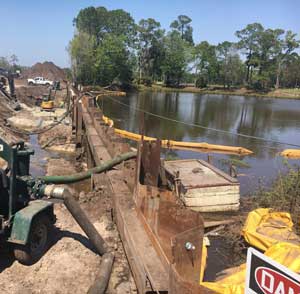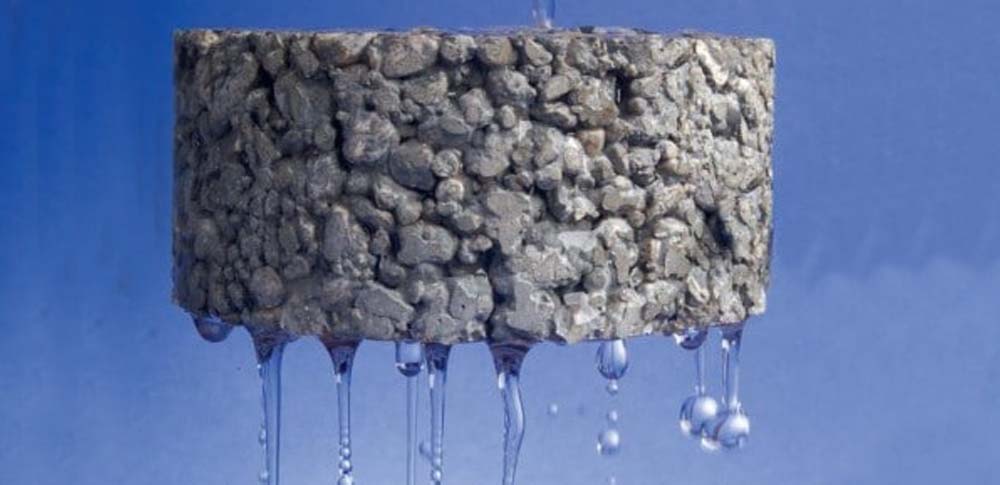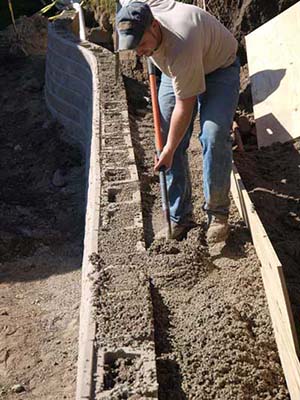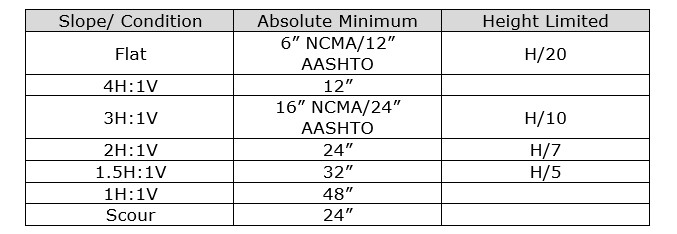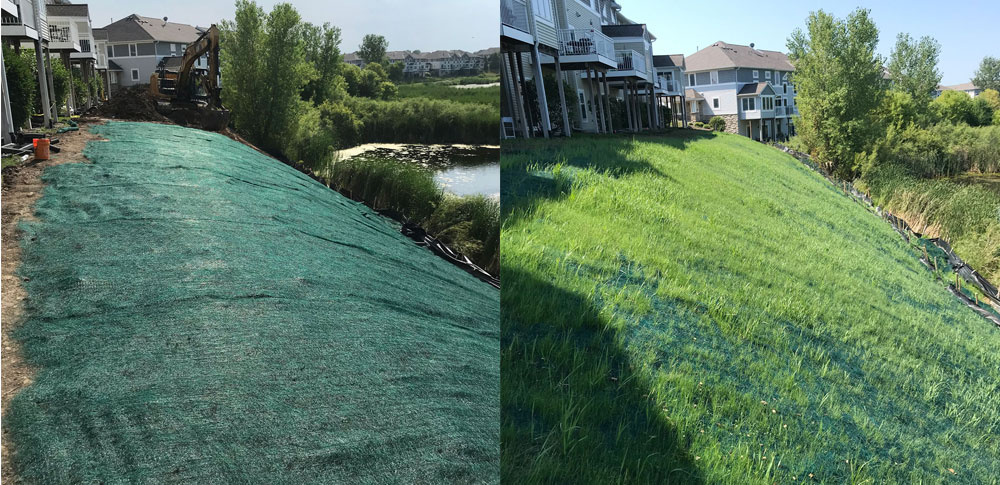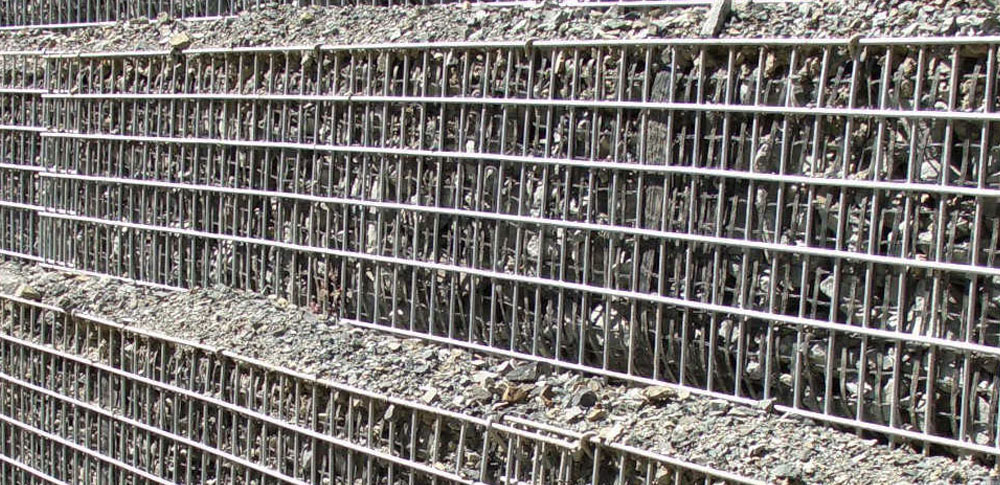To protect employees working in excavations, OSHA (Occupational Safety and Health Administration) regulates the slopes at which sites can be safely excavated. These slopes are measured as the horizontal distance to the vertical rise. The maximum allowable slope is the steepest incline that can is acceptable for the site to prevent cave-ins, while the actual slope is the real slope at which the site is excavated and should not be steeper than the maximum.
In addition to soil and rock types that are commonly used to determine the maximum allowable slope, there are a few additional items to consider when determining excavation limits and wall design.
Existing Structures
Existing structures may affect not only the wall design, but the excavation needed to safely construct the wall.
The Terra
The terrain is important to consider when determining how water moves on the site. How the site is draining can have an impact on the wall design and the type and location of excavation.
Property Lines
The location of property lines is an important factor to take into account as they may limit the accessibility of the site for both digging and construction of the wall.
While each site is unique and the excavation limits will vary given the layout and the geotechnical properties of the site, having an understanding of these additional factors and taking them into consideration early in the design phase, can provide the safest and least disruptive way to excavate and ultimately construct a solid wall.
Contact us for more information on excavation limits and how they affect your next project.



